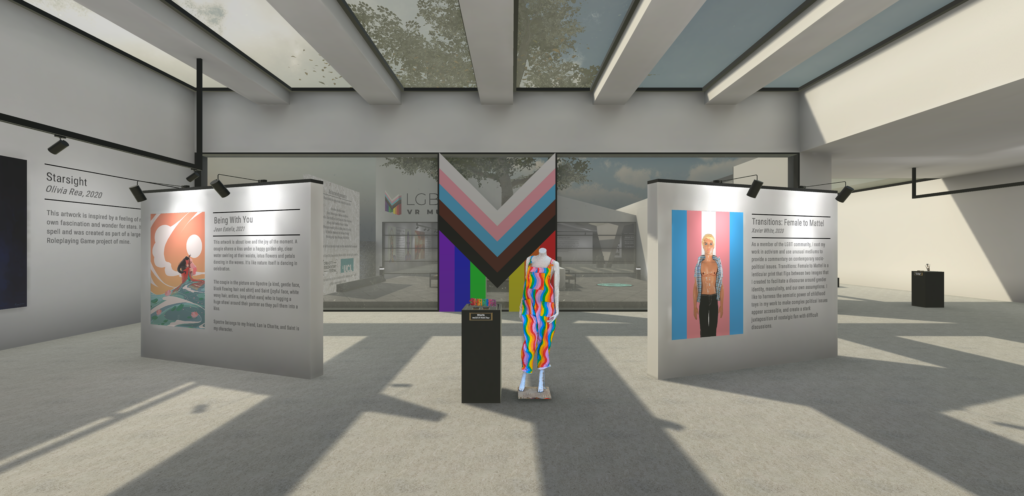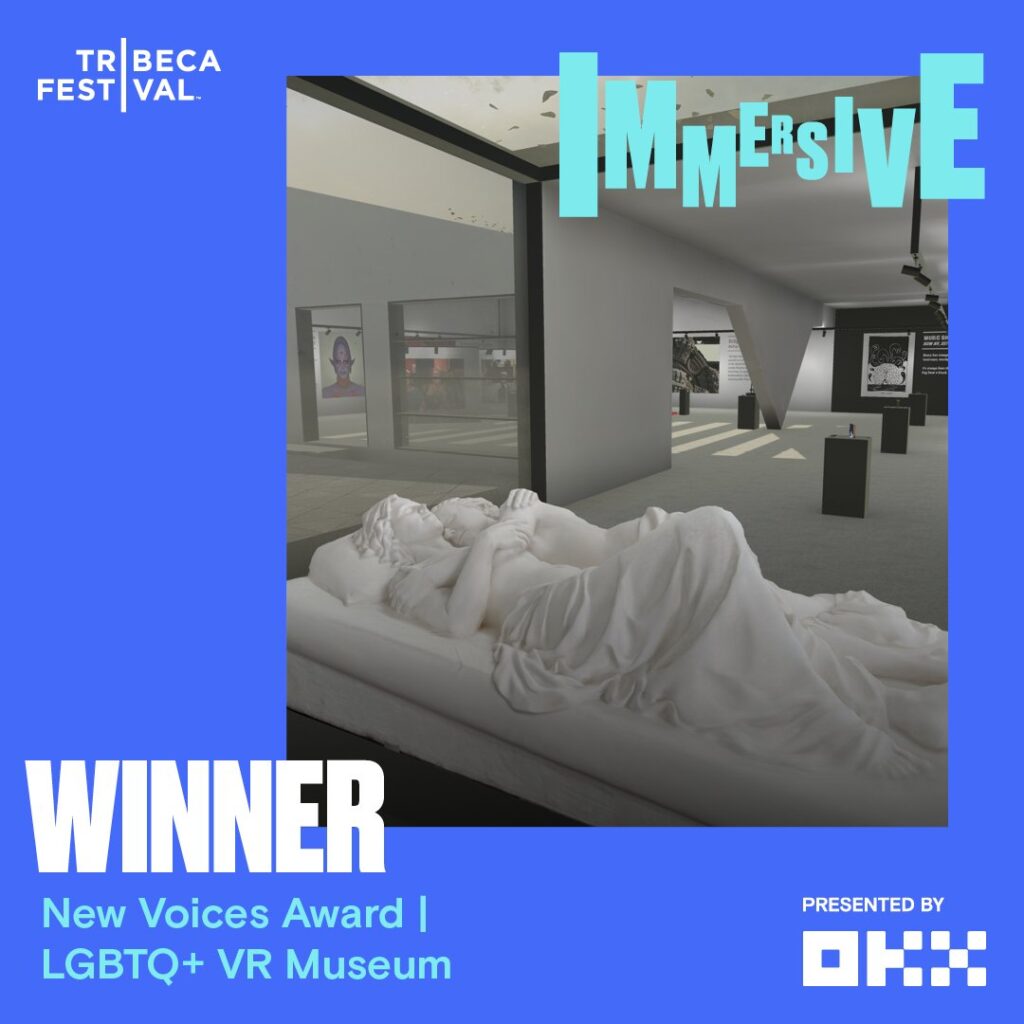LGBTQ+ VR Museum
Palmerston North City Library is proud to host the LGBTQ+ VR Museum: the world’s first virtual reality museum dedicated to platforming and celebrating the stories and artwork of LGBTQIA+ people, and preserving queer personal histories.
It’s the first time the exhibit has ever been available in Aotearoa. Sessions run from October 14 – 31.
The museum’s press pack states:
The VR museum contains 3D scans of emotive real-life objects – from wedding shoes to a teddy bear – chosen by people in the LGBTQ+ community, accompanied by their story in their own voice. The gallery showcases 2D illustrations and artwork by queer creators all over the world.
There are very few physical museums dedicated to platforming LGBTQ+ stories. On the contrary, queer narratives are often overlooked or erased from history: whether due to systemic discrimination, lack of representation, or simply because queer people are disproportionately affected by national and global crises (such as the AIDS epidemic, financial recessions, and the COVID-19 pandemic).
All the session times are here. Click on one to find the booking form for that session.


Production Credits
Project Creators: Antonia Forster, Thomas Terkildsen
Director: Antonia Forster
Principal Developer: Thomas Terkildsen
Photogrammetry Lead & Unity Developer: Adam Tuffey
Producer: Albert Millis
Key Collaborator: Patricia Cronin
Music: Robin Hawkins, Marquis’ McGee
Photogrammetry: Jesslyn Tannady, Andrew McHugh
Antonia Forster
Antonia Forster is the Senior XR Technical Specialist at Unity, a TEDx speaker, and an award-winning DE&I consultant. As a neurodivergent, LGBTQ+, self-taught female developer, Antonia has a unique perspective and is passionate about using her voice and technical skills to make space for under-represented or marginalised individuals.
Thomas Terkildsen
Thomas Terkildsen, Msc. Psych, is an experienced user researcher, who has specialised in teaching computers how to measure emotions based on psychophysiology. As an immersive content developer, he is interested in how emotion recognition can be used to create adaptive and impactful media experiences.